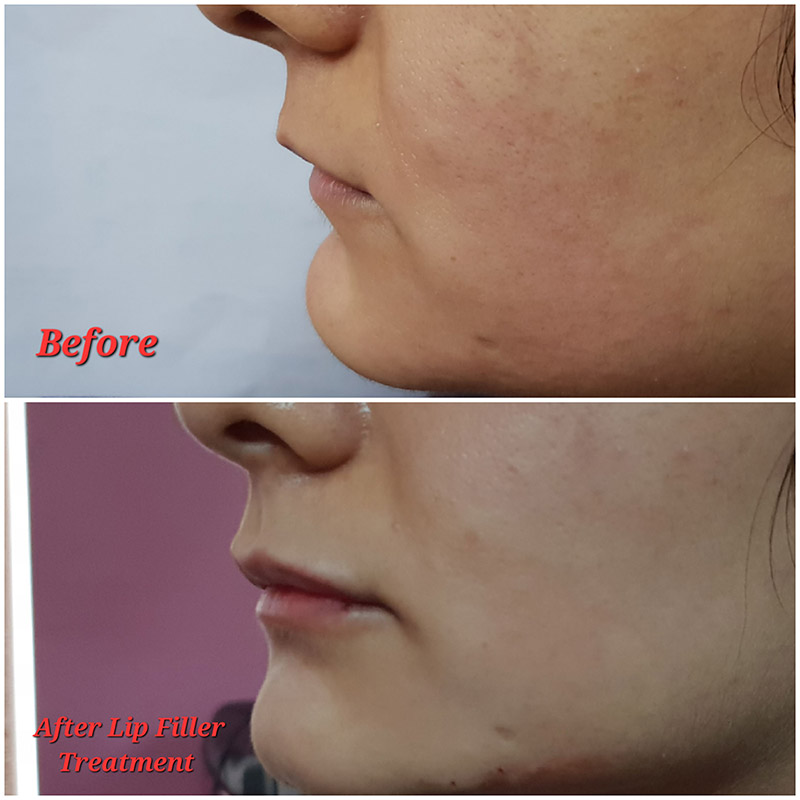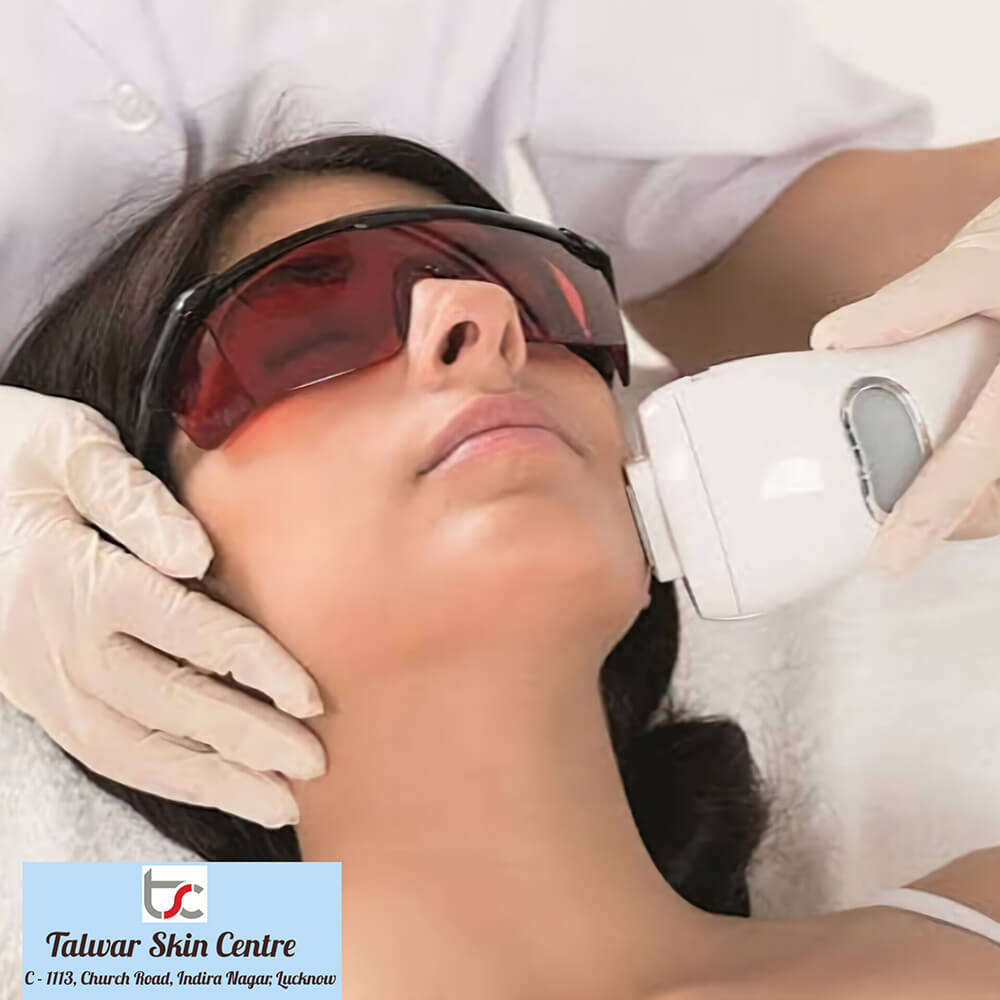What are the treatment options for wrinkles on face?
There are several treatment options available for wrinkles on the face, depending on the severity and underlying cause of the wrinkles. Here are some of the most common treatment options:
Topical creams: There are many over-the-counter creams and prescription-strength topical medications that can help reduce the appearance of wrinkles. These creams may contain retinoids, antioxidants, alpha hydroxy acids, or other ingredients that can stimulate collagen production and promote skin cell turnover.
Injectables: Botox and dermal fillers are injectable treatments that can be used to temporarily smooth out wrinkles. Botox works by temporarily paralyzing the muscles that cause wrinkles, while dermal fillers fill in wrinkles and add volume to the face.

Chemical peels: A chemical peel involves applying a chemical solution to the skin to remove the top layer of damaged skin. This can help reduce the appearance of wrinkles and improve skin texture.
Laser resurfacing: Laser resurfacing uses a laser to remove the top layer of skin and stimulate collagen production. This can help reduce the appearance of wrinkles and improve skin texture.
Microdermabrasion: Microdermabrasion is a non-invasive procedure that uses a special device to exfoliate the top layer of skin. This can help reduce the appearance of wrinkles and improve skin texture.
Surgery: In some cases, surgical procedures such as facelifts or brow lifts may be recommended to address more severe wrinkles.
It’s important to consult with a qualified dermatologist or plastic surgeon to determine which treatment option is best for you based on your individual needs and goals.
What areas of the face are best treated with botox?
Botox is a popular injectable treatment that is used to temporarily smooth out wrinkles and lines on the face. It is most commonly used to treat wrinkles in the upper face, including the following areas:
Forehead lines: Botox can be used to smooth out horizontal lines that appear on the forehead when you raise your eyebrows or make other facial expressions.
Frown lines: Botox can be used to smooth out vertical lines that appear between the eyebrows when you frown or concentrate.
Crow’s feet: Botox can be used to smooth out the fine lines and wrinkles that appear at the corners of the eyes when you smile or squint.
While these are the most common areas of the face treated with Botox, it can also be used to treat other wrinkles on the face, such as lines around the mouth and chin. It’s important to consult with a qualified skin care specialist who is experienced in administering Botox to determine which areas of your face will benefit most from treatment.
What areas of the face can be treated with dermal fillers?
Dermal fillers are injectable treatments that can add volume, smooth out wrinkles, and enhance facial contours. They can be used in various areas of the face, including:
Cheeks: Dermal fillers can add volume and definition to the cheeks, creating a more youthful and lifted appearance.
Lips: Dermal fillers can be used to add volume to the lips, create a more defined lip border, and smooth out vertical lip lines.
Nasolabial folds: These are the lines that run from the nose to the corners of the mouth. Dermal fillers can be used to fill in these lines and create a smoother, more youthful appearance.
Marionette lines: These are the lines that run from the corners of the mouth to the chin. Dermal fillers can be used to fill in these lines and create a more lifted appearance.
Under eyes: Dermal fillers can be used to fill in hollows or depressions under the eyes, reducing the appearance of dark circles and creating a more refreshed appearance.
Temples: Dermal fillers can add volume to sunken temples, creating a more youthful and balanced facial appearance.
Jawline: Dermal fillers can be used to enhance the jawline and create a more defined, sculpted appearance.
It’s important to consult with a qualified skin care professional who is experienced in administering dermal fillers to determine which areas of your face will benefit most from treatment.
What areas of the face can be treated with High-Intensity Focused Ultrasound (HIFU)?
High-Intensity Focused Ultrasound (HIFU) is a non-invasive treatment that uses ultrasound waves to stimulate collagen production and tighten the skin. HIFU can be used to treat various areas of the face, including:
Forehead: HIFU can be used to lift and tighten sagging skin on the forehead, reducing the appearance of wrinkles and fine lines.
Brow: HIFU can be used to lift and tighten the skin above the eyebrows, creating a more youthful and lifted appearance.
Under eyes: HIFU can be used to tighten and smooth out loose skin under the eyes, reducing the appearance of wrinkles and bags.
Cheeks: HIFU can be used to lift and tighten sagging skin on the cheeks, creating a more defined and youthful appearance.
Jawline: HIFU can be used to lift and tighten the skin along the jawline, reducing the appearance of jowls and creating a more sculpted appearance.
Neck: HIFU can be used to tighten and lift the skin on the neck, reducing the appearance of wrinkles, sagging skin, and a double chin.
It’s important to consult with a qualified healthcare professional who is experienced in administering HIFU to determine which areas of your face will benefit most from treatment.
How does radiofrequency treatment help in face tightening?
Radiofrequency (RF) treatment is a non-invasive or minimally invasive cosmetic procedure that uses radiofrequency energy to heat the deep layers of the skin, stimulating collagen production and tightening the skin. Here’s how radiofrequency treatment can help in face tightening:
Stimulates collagen production: RF energy penetrates the deep layers of the skin and heats the tissue, which stimulates the production of new collagen and elastin fibers. Collagen is a protein that gives the skin its structure and firmness, and elastin gives the skin its elasticity.
Tightens the skin: The heat from the RF energy causes the existing collagen fibers to contract, resulting in an immediate tightening effect. Over time, as new collagen is produced, the skin becomes even tighter and more youthful-looking.
Improves skin texture: RF treatment can also improve skin texture by smoothing out fine lines and wrinkles and reducing the appearance of pores.
Minimally invasive: RF treatment is a minimally invasive procedure, which means that it can be performed without incisions or sutures, reducing the risk of scarring and minimizing downtime.
RF treatment is most commonly used to treat sagging skin on the face, neck, and jowls. It can also be used to treat wrinkles and fine lines, as well as improve skin texture and tone. It’s important to consult with a qualified healthcare professional who is experienced in administering RF treatment to determine whether it is the right option for you.



